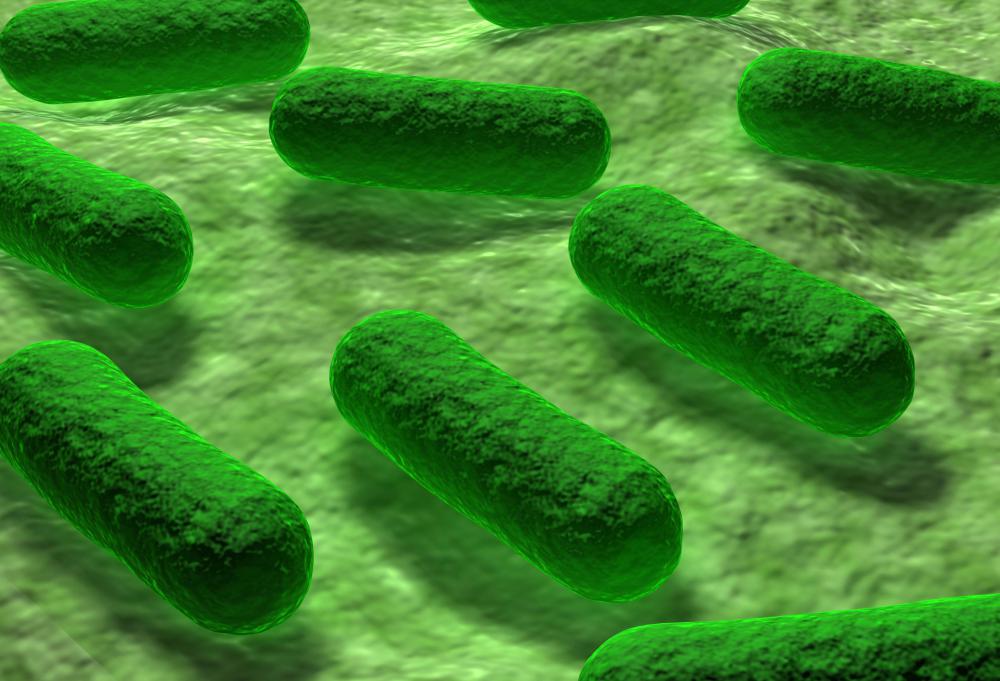At WiseGEEK, we're committed to delivering accurate, trustworthy information. Our expert-authored content is rigorously fact-checked and sourced from credible authorities. Discover how we uphold the highest standards in providing you with reliable knowledge.
What Is Tryptone?
Tryptone is used in microbiology to culture bacteria. It is produced from a particular substance in milk. Tryptone contains lots of nitrogen, which bacteria need to grow. As a rich source of nutrients, it can be mixed with other chemicals to make various kinds of microbiological media. It is usually sold as a dry powder.
Most of the protein in milk is a substance called casein. This protein contains plenty of nitrogen, which is essential to bacterial growth. Casein can be broken down by enzymes to form new molecules. These new breakdown products contain lots of metabolically useful material and, collectively, are known as tryptone. As well as being rich in nitrogen, vitamins, and amino acids, and therefore good for bacteria to grow on, the product contains tryptophane and has very little carbohydrate content.

Microbiologists identify and study microbes such as bacteria. To do this, they must take samples of the food, product, or environment they wish to study. One way of doing this is to place the sample onto media, such as agar or broth, which contain nutrients for the bacteria in the sample to use. Then, the inoculated media is kept at a certain temperature for a certain amount of time. This allows the bacteria to multiply so that their presence can be observed by the naked eye or so that enough are present to react to biochemical or genetic testing.

Bacteria are separated into groups depending on their food and environmental requirements. Identifying certain characteristics of an unknown microbe allows the microbiologist to narrow down the possible groups the bacterium belongs to. To differentiate different groups of bacteria from each other, the microbiologist uses specific media to allow some bacteria to grow and prevent others from multiplying. The tryptophane component of tryptone encourages bacteria that produce a particular chemical, known as indole, to grow. The microbiologist can then identify indole-producing bacteria in his or her sample.

The lack of carbohydrates in the product means it can also be used to identify bacteria by the way they break down different types of carbohydrates. The tryptone powder is mixed up with a certain type of carbohydrate. Growth in the media indicates the presence of a species that can break down this particular molecule.
Commercial tryptone is sold as a dry powder, which can be kept in a lab until it is required to make media. It can also be an ingredient in ready-made media products such as tryptone soy agar and tryptone soy broth. Bacterial species such as Escherichia coli and Staphylococcus aureus can grow on it readily.
AS FEATURED ON:
AS FEATURED ON:
















Discuss this Article
Post your comments